20 Aug Google Ads Pricing in Australia: How Much Should You Spend?
How much does Google Ads cost? Pricing varies based on several factors, including your industry, keywords, and ad strategy. Generally, you pay per click. This article explains these costs, average CPCs, and offers tips on how to budget effectively for your campaigns.
Key Takeaways
- Google Ads operates on a pay-per-click model influenced by factors such as industry competition, keyword relevance, and quality score, impacting overall costs.
- In 2025, the average cost per click is $4.51, with higher costs in competitive industries like legal and insurance; geographic targeting and peak seasons can also affect CPCs.
- Setting a clear budget and employing effective bidding strategies, along with optimising ad copy and targeting long-tail keywords, are essential for maximising ROI and controlling Google Ads expenditures.
Understanding Pricing for Google Ads
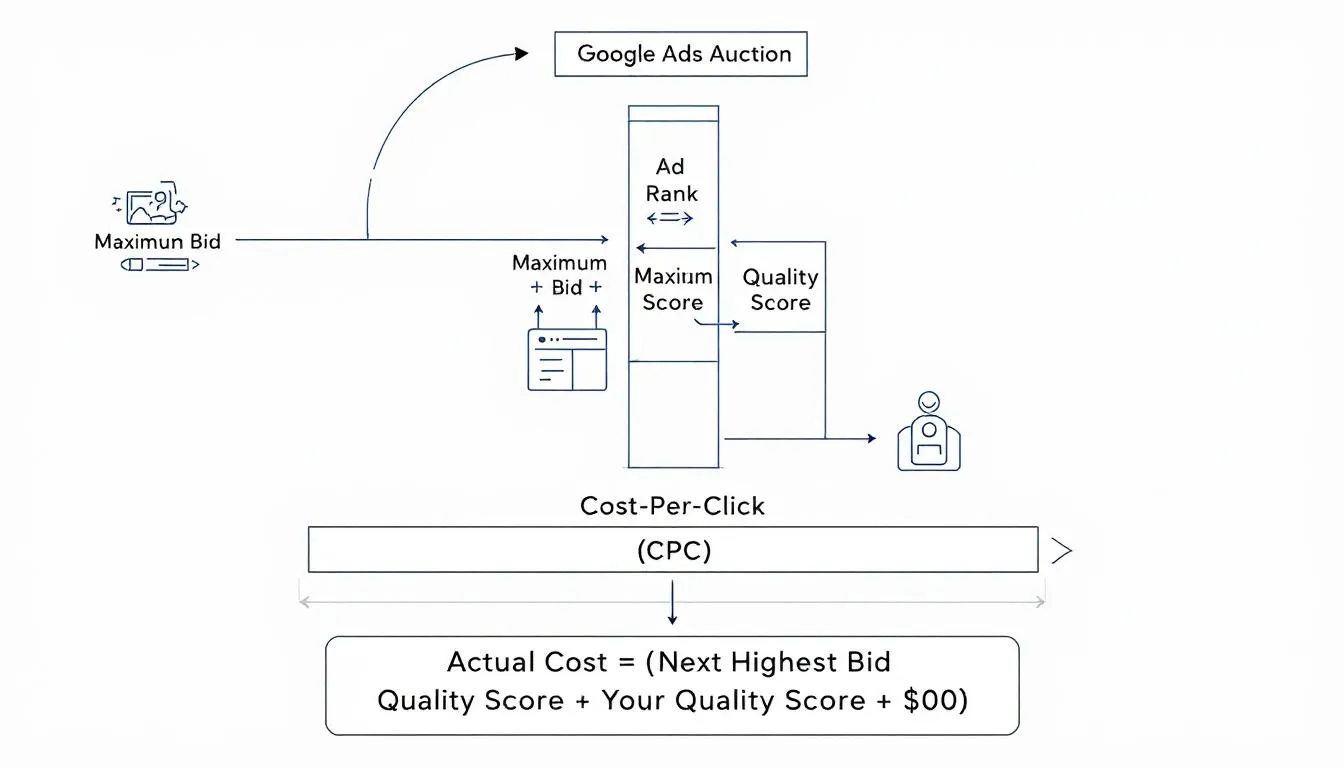
Google Ads operates on a pay-per-click model, meaning you pay for clicks rather than impressions. This ensures your budget is allocated to genuine user engagement. The primary cost in campaigns is the ad budget you set, dictating your ad cost in your account.
Multiple factors influence Google Ads costs, such as your business sector, ad scheduling, target keywords, and market trends. Different ad formats like Search and Display ads require different bid amounts due to competition, which is crucial for an effective ad spend strategy. Google Ads depends on these variables to determine overall effectiveness.
The Google Ads auction process involves:
- Advertisers bidding on keywords.
- Ad rank being determined by multiplying the quality score by the maximum bid.
- Google ads determines ad rank dictating costs and placement.
- Higher ad ranks leading to better placements.
- Cost-per-click calculated from the ad rank of the competitor below you multiplied by your quality score.
In addition to the ad budget, factor in other expenses like landing page and management fees.
Average Cost Per Click (CPC) in 2025
The landscape of Google Ads pricing in 2025 reveals some intriguing trends. The average cost per click (CPC) for Google Ads this year is $4.51, derived from a comprehensive analysis across various commercial-intent keywords. However, the overall average CPC has been estimated at around $5.26, reflecting a slight increase from previous years. The google ads cost continues to evolve as businesses adapt their strategies.
Industries like legal and insurance continue to have the highest CPCs, averaging $71.64 and $67.73, respectively. Health services experience moderate to high CPCs, typically between $30 and $60.
Geographic targeting significantly impacts CPCs, with some locations demanding higher rates for the same services. Peak seasons can also cause CPC spikes, especially in sectors like roofing and HVAC. Recognizing these variations helps set realistic expectations for your Google Ads budget.
Factors Influencing Google Ads Costs
Understanding the factors influencing Google Ads costs is crucial for effective budgeting. Key determinants include:
- Industry competition, which can increase ad costs when high
- Keyword relevance
- Quality score High competition can increase ad costs, while niche markets may see lower CPCs.
Keyword relevance significantly impacts costs. Relevant keywords boost engagement and performance, affecting your Quality Score. A higher Quality Score can lower CPCs and enhance ad placement, while irrelevant keywords can detract from overall effectiveness.
These combined factors dictate your overall ad spend and cost efficiency in Google Ads.
Industry Competition
Industry competition greatly influences Google Ads costs. Highly competitive fields like legal services face higher CPCs due to increased bidding. Local market competition can also raise advertising costs, especially in densely populated business areas.
On the other hand, businesses in low-competition industries and competitive industries benefit from lower CPCs and better results due to less market pressure. Niche products, despite lower demand, may have higher ad costs because of fewer advertisers.
Knowing your industry’s competitive landscape aids in developing a more effective bid strategy.
Keyword Relevance
Keyword relevance significantly affects Google Ads pricing. Keywords matching searcher intent achieve higher Quality Scores, leading to lower CPCs and better ad placement. Competitive keywords, though valuable, usually cost more due to higher demand.
Long-tail keywords, being more specific and less competitive, are cost-effective. They lower CPCs and attract more qualified leads, boosting conversion rates.
Tools like Google Keyword Planner can help identify specific keywords aligned with your target audience’s search intent.
Quality Score
Quality Score is a key metric in Google Ads, assessing the quality and relevance of your ads, keywords, and landing pages. It impacts ad costs and placement, with higher ad’s quality score leading to lower CPCs and better positions.
Ads with higher quality scores get better ad rank placements, increasing visibility and engagement. Improving quality score involves ensuring ad relevance, creating compelling copy, and providing seamless landing page experiences. This approach can significantly reduce Google Ads costs and enhance ad quality.
Budgeting for Google Ads Campaigns
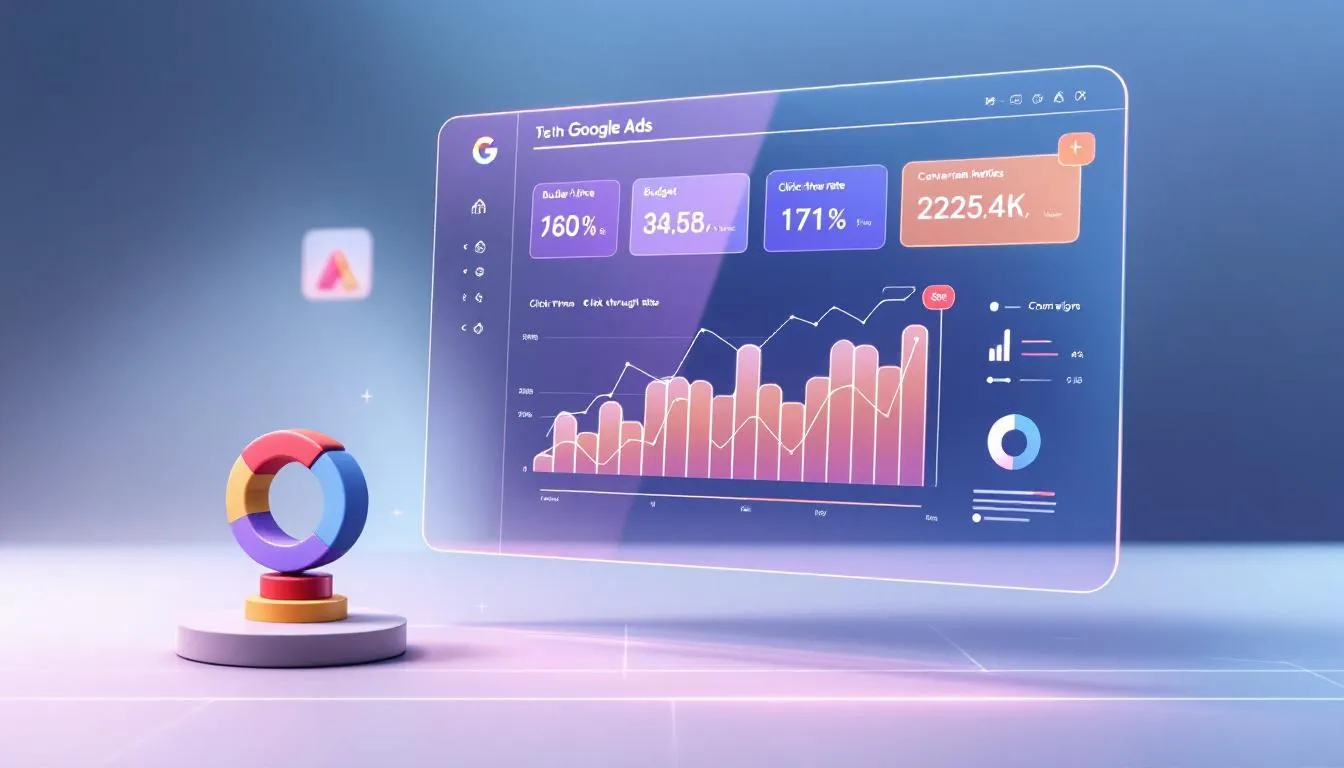
Setting a budget is essential for controlling costs and achieving ROI in Google Ads campaigns. A clear budget manages spending and prevents overspending, improving campaign effectiveness. Industry, campaign goals, and audience size significantly influence your budget.
Strategic planning and ongoing optimization are crucial for managing Google Ads costs. Many businesses mistakenly think Google Ads is too expensive due to budgeting misunderstandings. Effective account management keeps costs low while maximizing returns.
Our subsections will delve deeper into daily budgets, monthly spend limits, and manual bidding strategies.
Daily Budgets
Daily budgets in Google Ads estimate average monthly spending, helping manage ad spend effectively. Assigning a different budget to each campaign optimizes daily expenditure control. The typical daily spending limit can be up to double the average daily budget.
Estimate average daily budgets by dividing the monthly budget by 30.4, ensuring balanced spending throughout the month. Google Ads can spend up to 100% more than the set daily budget during high-traffic periods to help you budget effectively.
A $50 daily budget can allow a maximum spending limit of $100, showing flexibility but requiring monitoring. Targeting less competitive keywords can lower CPCs, making ads more relevant and conserving budget.
Monthly Spending Limits
The monthly budget is the total amount allocated for ads over a month, not necessarily spent evenly each day. Typical budgets range from $1,000 to $20,000 AUD. Brisbane specialists recommend $1,000 to $2,000 AUD for small businesses new to Google Ads, considering the ads cost in Australia.
Regularly monitoring campaigns and adjusting the realistic budget based on performance is crucial. Gradually increasing the budget based on data is the recommended approach.
Monthly budgets aren’t always spent evenly; daily spending varies. Google Ads might exceed the monthly spending limit by a few percent, so monitoring spending patterns is important.
Bidding Strategies
Bidding strategies in Google Ads set the maximum amount per click. Common strategies include:
- Target CPA, which aims at achieving a specific cost per acquisition.
- Maximize Conversions, which focuses on getting the most conversions possible.
- Automated bidding, which adjusts bids based on the likelihood of achieving objectives such as maximizing clicks or targeting Return On Ad Spend (tROAS).
The chosen bidding strategy significantly impacts ad costs and performance. AI-driven smart bidding strategies are being refined to enhance performance by 2025, offering sophisticated options for optimizing ad spend.
Optimising Google Ads for Cost Efficiency

Optimising Google Ads for cost efficiency is key to maximizing ROI. Bid strategies greatly influence ad costs and performance. Constant monitoring is essential for maintaining cost efficiency and achieving the best results. Strategies to help reduce costs include:
- Improving your Quality Score
- Targeting long-tail keywords
- Using ad schedules
- Geotargeting
Selecting cost-effective ad types can lower running expenses. Hiring a professional can significantly enhance ROI by optimising performance.
Our subsections will delve deeper into how ad copy and landing pages, long-tail words, and scheduling/targeting can optimize Google Ads for cost efficiency.
Ad Copy and Landing Pages
High-quality ad copy and well-designed landing pages can lower avg CPCs by improving user experience. Ensuring ad relevance, writing compelling copy, and providing a seamless landing page experience are key strategies to improve landing page quality, reduce costs, and enhance the expected click through rate.
Improving ad copy and landing pages enhances user experience and relevance, significantly reducing Google Ads costs by attracting qualified leads and increasing engagement.
Long-Tail Keywords
Targeting the long-tail can significantly lower CPCs, making it easier to manage costs while reaching your target audience. Here’s how they compare:
- Popular keywords cost more due to high competition.
- Cost less per click.
- Attract more qualified leads.
- Result in higher conversion rates.
Long-tail keywords often face less competition, resulting in lower CPCs. Focusing on relevant searches with strong commercial intent helps optimize budgets and improve campaign performance.
Tools like Google Keyword Planner can help identify valuable phrases / prompts and assess their search volume.
Scheduling and Targeting
Ad scheduling enables businesses to:
- Display ads during peak times, maximizing efficiency and budget allocation.
- Control spending by specifying ad appearance times and focusing on high-traffic periods.
- Enhance ad performance by allocating more budget for visibility hours in the display network.
Geo-targeting optimizes spending by displaying ads to users in specific locations, reducing irrelevant clicks. It enhances ad relevance by reaching users likely to convert.
Device targeting affects costs; mobile ads users generally lead to lower CPCs compared to desktop. Businesses can enhance cost efficiency by fine-tuning ad appearance times, optimizing performance with enhanced cpc.
Google Ads Management
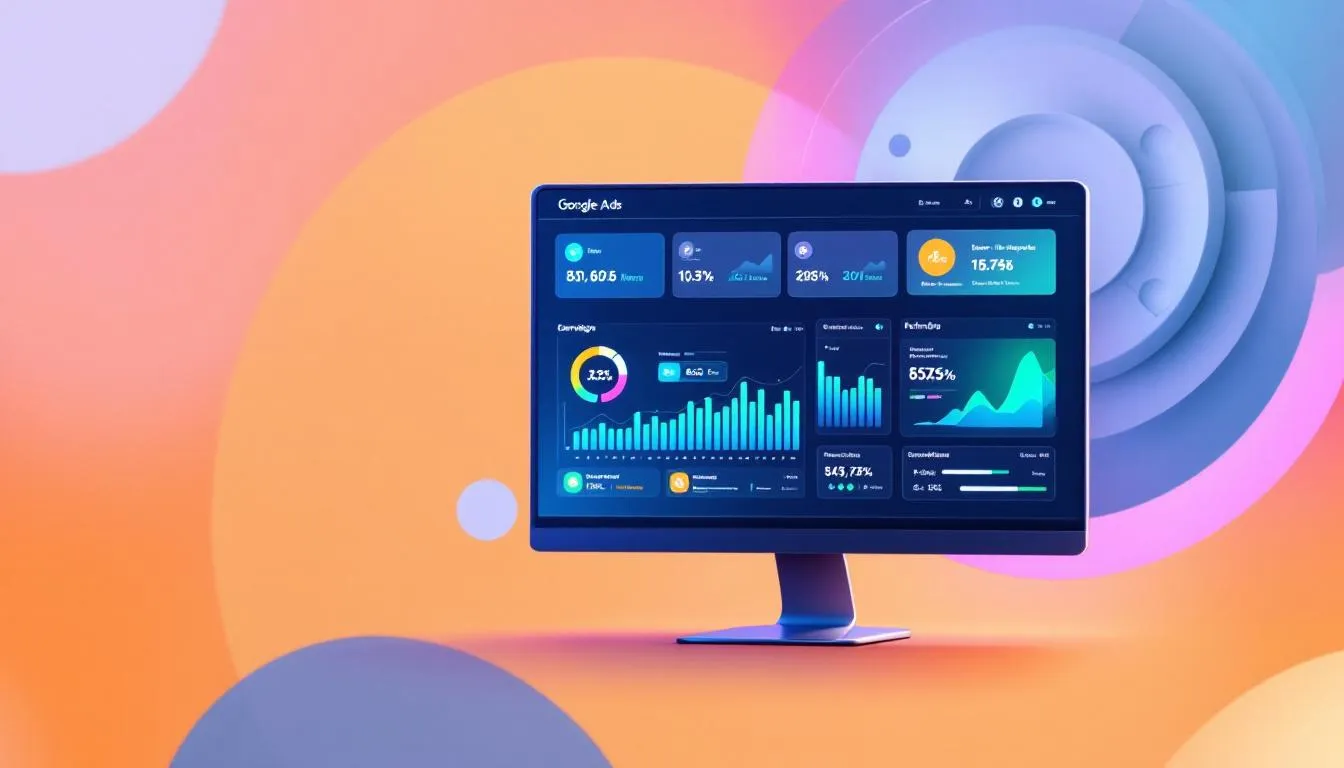
Professional management enhances Google Ads campaign effectiveness in several ways:
- SMEs with tight budgets can leverage professional management to compete with major players.
- Linking Ads with Google Analytics provides insights into customer behavior.
- These insights are crucial for refining and optimizing campaigns.
Hiring a professional can significantly enhance ROI by optimizing ad campaign performance and avoiding common mistakes that waste ad spend.
Our subsections will delve deeper into management fees and the benefits of professional management.
Management Fees
Management fees are the charges for professional campaign management, typically ranging from $500 to $5,000 monthly. These fees vary based on campaign numbers and total ad spend. Agencies may charge a fixed rate, a percentage of ad spend, or both.
Understanding these fees is crucial for effective budgeting. Factoring in management fees helps businesses allocate their budget accurately and maximize their Google Ads campaigns.
Benefits of Professional Management
Professional management can improve campaign performance and overall ROI. Seasoned experts, including a Google Ads expert, can help avoid costly errors and maximise returns. It is important to vet agencies to ensure they meet your criteria before hiring them for Google Ads management. Hiring experts to manage accounts can lead to a more effective ad strategy, allowing businesses to focus on their core operations while professionals handle the intricacies of Google Ads.
By leveraging professional expertise, businesses can enhance their campaign performance and achieve better results. This strategic approach ensures that every dollar spent on Google Ads contributes to the overall success of the advertising efforts.
Summary
In summary, understanding Google Ads pricing and effectively managing your ad budget are crucial for maximizing ROI in 2025. Factors such as industry competition, keyword relevance, and Quality Score play significant roles in determining your costs. Setting clear budgets, employing smart bidding strategies, and optimizing your campaigns for cost efficiency can help control spending and achieve better results.
Professional management can further enhance your Google Ads campaigns by providing expert insights and avoiding common pitfalls. By leveraging these strategies, businesses can navigate the complexities of Google Ads pricing and make informed decisions that drive success. Remember, every click counts, so spend wisely and optimize continuously to stay ahead in the competitive digital landscape.
Frequently Asked Questions
How is the cost of Google Ads determined?
The cost of Google Ads is primarily influenced by factors such as business sector, ad scheduling, target keywords, and market trends. Additionally, the auction process, ad rank, and Quality Score significantly impact the final costs.
What is the average cost per click for Google Ads in 2025?
The average cost per click for Google Ads in 2025 is projected to be around $4.51, with an overall average CPC of approximately $5.26. These figures are based on comprehensive analyses of Google Ads performance data and industry benchmark reports from leading digital marketing research firms and platforms such as WordStream and Google’s own advertising insights.
How can I manage my Google Ads budget effectively?
To manage your Google Ads budget effectively, set clear daily and monthly budgets, use strategic bidding strategies, and regularly monitor your campaign performance to make necessary adjustments. This approach helps ensure you maximize your ad spend and achieve your advertising goals.
What are the benefits of targeting long-tail keywords in Google Ads?
Targeting long-tail keywords in Google Ads can significantly lower cost-per-click (CPC) and attract more qualified leads, leading to higher conversion rates due to their specificity and reduced competition. This focused approach maximizes your advertising effectiveness.
Why should I consider professional management for my Google Ads campaigns?
Consider professional management for your Google Ads campaigns as it can significantly enhance performance, minimize costly mistakes, and deliver expert insights that lead to a greater return on investment.
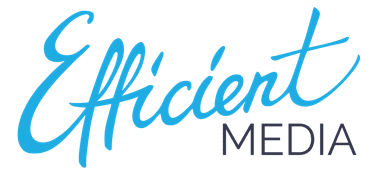
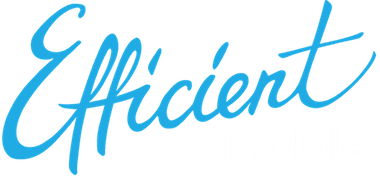
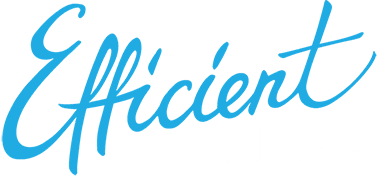
Sorry, the comment form is closed at this time.